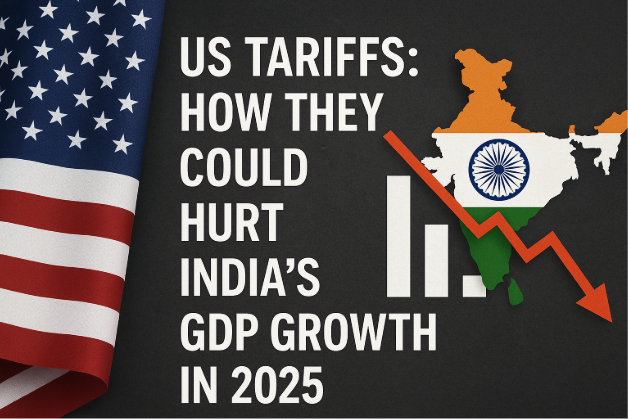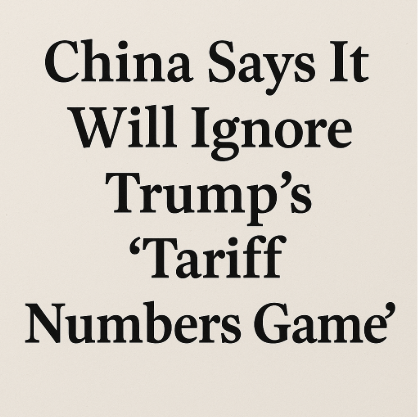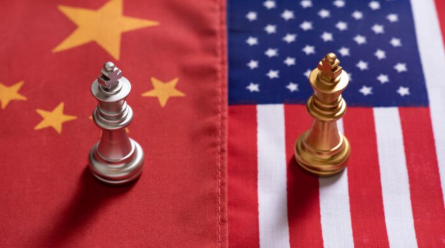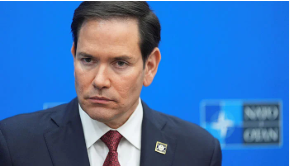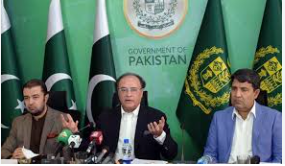Discover the winners, losers and the future of the US China trade deal. Read about its effects on businesses, farmers and the world economy.
As great a relief as the long-awaited US China trade deal has been, now officially signed, a major turning point in one of the world’s most closely watching economic relationships has also been declared. Decades of trade wrangles, tariffs and hard negotiations, Washington and Beijing have settled on the framework that should help to soften trade walls and to facilitate smoother economic relations. Like any major agreement, however, there are certainly winners and losers as well as uncertainties about what’s coming.
Table of Contents
Key Highlights of the US China Trade Deal
The major areas, that are targeted by the US China trade deal, include the following: tariff cuts, more agric purchases, some degree of guarantees agreements on science transfer and intellectual property rights. Both countries have consented to the reduction of some tariffs, which should take pressure from exporters and importers as well. Besides, China has promised to purchase increased American agricultural products – a decision likely to greatly help American farmers.

A second element is promise by China to beef up measures to protect intellectual property and cut out on forced transfers of technology. This has been a big longstanding thorn in the flesh for US companies doing business in China and many have seen it positively as a move in the right direction.
Who are the Winners?
- American Farmers
A major beneficiary in the deal are US farming people. China has promised to buy billions of dollars of US farm goods, such as soybeans, corn, wheat and pork. This is the good news for the farmers who have been struggling with decreased exports and deteriorating price for several years because of the trade war. - Exporters on Both Sides
Decreasing of tariffs works well for the exporters in both countries. There will be less constraint for US companies which export machinery, electronics and consumer goods to China. Equally, Chinese exporters of such goods as electronics and manufactured goods will enjoy increased access to American markets. - Technology and IP-focused Firms
American companies fearing intellectual property theft and technology transfer forced on them by the Chinese authorities are likely to benefit from initiatives meant to enhance legal protections in China. When implemented properly, these changes can give greater security for US tech firms and innovators.
Who are the Losers? - Some US Manufacturers
Although reduction in tariff is good for the exporters, not all American manufactures will realize immediate benefits. Businesses that experienced a rise in the prices on components produced in China during trade war may already have changed its supply chain and visible short-term benefits may not be so obvious. - Consumers Paying Higher Prices
While tariffs are being unwound some of the costs of the trade war have been passed on to consumers. Costs for goods such as electronics, clothing and household products may not come down in a hurry and so the consumer is likely to feel the pinch for a while. - Global Supply Chains
Companies that were forced to change direction away from China and diversify the supply lines because of trade war, may find themselves in a perplexed situation. Returning to old suppliers might not be practical nor affordable leading to long-time disruptions.
What Comes Next?
Although the US China trade deal is a move in the right direction, experts say, it is only the beginning of a longer process. The two countries have agreed on further talks to deal with such outstanding matters as subsidies, cybersecurity and services trade. Monitoring and enforcement mechanisms will be very important in order to reinforce the binding of both sides to their commitments.
Analysts also observe that geo political rivalries where there are rivalries on who leads in technology, human rights and military deals could interfere with the overall relationship. The deal brings a reprieve in trade frictions, but it does not restore relations to zero with the two world powers.
Conclusion
The US China trade deal are good news to businesses, farmers and markets tired of uncertainty. Into which exporters will benefit and with increased provision on intellect property, the agreement sets stage for better trade ties. But not everybody benefits equally, and difficulties remain in making sure the deal is achieved.
As both countries continue on a path forwards, the rest of the world’s business sectors and policy makers will be closely monitoring the future world trade that will be brought by this agreement.
Read More
Trump Tariffs and China: Beijing Says It Won’t Play the New Numbers Game



